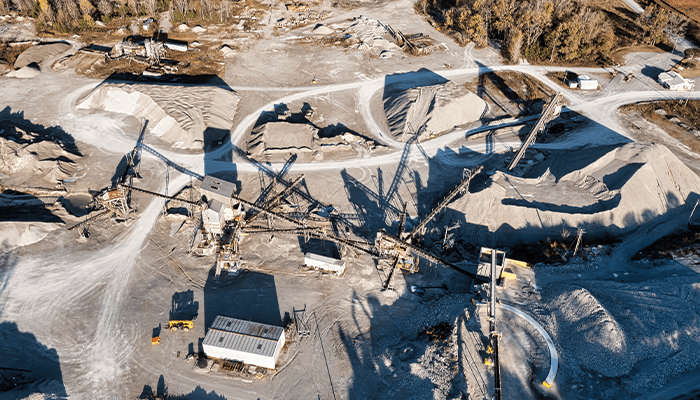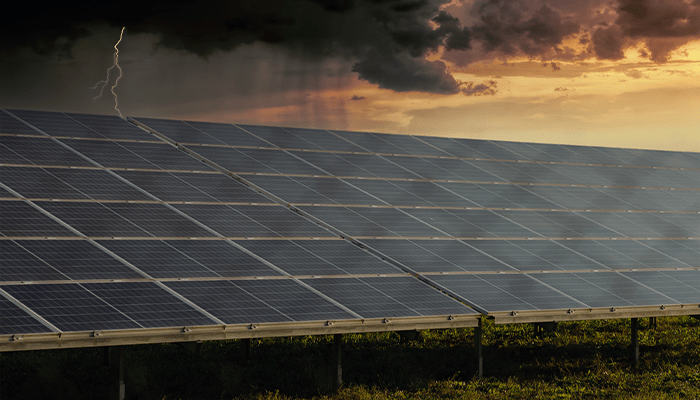
Are Your Rail Cars Properly Secured in Your Yard?
Did you know that 55% of locomotive and/or rail car movers are not properly secured, 61% of rail cars in yards are not properly secured, and 38% of rail yards have a grade that was a factor in a hand brake count?
Proper rail car securement is crucial to ensure the safe transportation of goods by rail. It involves properly placing and fastening rail car restraints to prevent shifting, tipping, or derailing during transit. The securement process varies depending on the type of cargo being transported, but here are some general considerations and practices:
- Understanding Regulatory Requirements: Familiarize yourself with the regulations and guidelines set forth by the governing bodies responsible for rail transport, such as the Federal Railroad Administration (FRA) in the United States. These regulations outline the specific requirements for securement, including the number and type of restraints needed for different types of cargo.
- Choosing the Right Rail Car: Select a rail car appropriate for the type and quantity of cargo being transported. Different types of rail cars are designed to accommodate specific cargo, such as boxcars, tank cars, or flatcars. Ensure that the rail car you choose is suitable for your cargo's size, weight, and characteristics.
- Proper Loading Techniques: Load the cargo onto the rail car carefully, ensuring it is evenly distributed and balanced to prevent shifting. Use appropriate blocking and bracing materials, such as dunnage, to secure the cargo within the car and minimize movement during transit.
- Securement Devices: Use the appropriate securement devices based on the cargo type. Common types of securement devices include chains, cables, straps, and tensioning devices. These devices should be properly sized, in good condition, and capable of withstanding the expected forces and stresses during rail transportation.
- Distribution of Securement Points: Determine the optimal locations for securing the cargo within the rail car. Securement points should be evenly distributed to provide balanced and effective securement. Consult the rail car's specifications and relevant regulations to identify the appropriate securement points for your cargo.
- Proper Tension and Fastening: Apply the securement devices with the correct tension to maintain the cargo's stability. Follow the manufacturer's guidelines and industry best practices for tensioning and fastening. Regularly inspect the securement devices to ensure they remain tight and undamaged throughout the journey.
- Inspection and Maintenance: Regularly inspect and maintain the rail car securement system. Check for signs of wear, damage, or deterioration in the securement devices, such as rust, fraying, or broken components. Repair or replace any faulty equipment before transporting the cargo.
- Training and Compliance: Ensure that personnel involved in the securement process receive proper training on cargo securement techniques and regulatory compliance. It is essential to stay updated with any changes or amendments to securement regulations to maintain a high safety standard.
Uncontrolled movement of railcars is one of the most unsafe situations in rail yards. The accidents that occur are often disastrous.
Ask yourself the following questions:
- What is your process to safely secure equipment against unintentional movement?
- Do you know that air brakes cannot be relied upon to secure standing, unattended equipment?
- Do you know how to test a single care for holding power?
- Are you using brake sticks as a safer alternative?
- Do you properly secure equipment under Blue Flag Protection as required by OSHA?
Remember that cargo securement requirements vary based on specific industries, regions, and countries. It is important to consult the relevant authorities and understand the industry standards applicable to your specific situation to ensure compliance and safety in rail car securement. For help understanding the proper methods of rail securement or the proper number of hand brakes required to secure equipment properly, contact AssuredPartners.
Featured News & Insights

The energy sector, which spans oil and gas, utilities, and renewable energy, is one of the most complex and volatile industries in the world. From environmental scrutiny to fluctuating commodity...

On April 18, 2024, the Mine Safety and Health Administration (MSHA) issued a final rule to lower miners' exposure to respirable crystalline silica and enhance respiratory protection measures across...

The recent storms that battered Florida served as a stark reminder of the vulnerabilities that come with alternative energy infrastructure, particularly solar and wind. As the transition to...